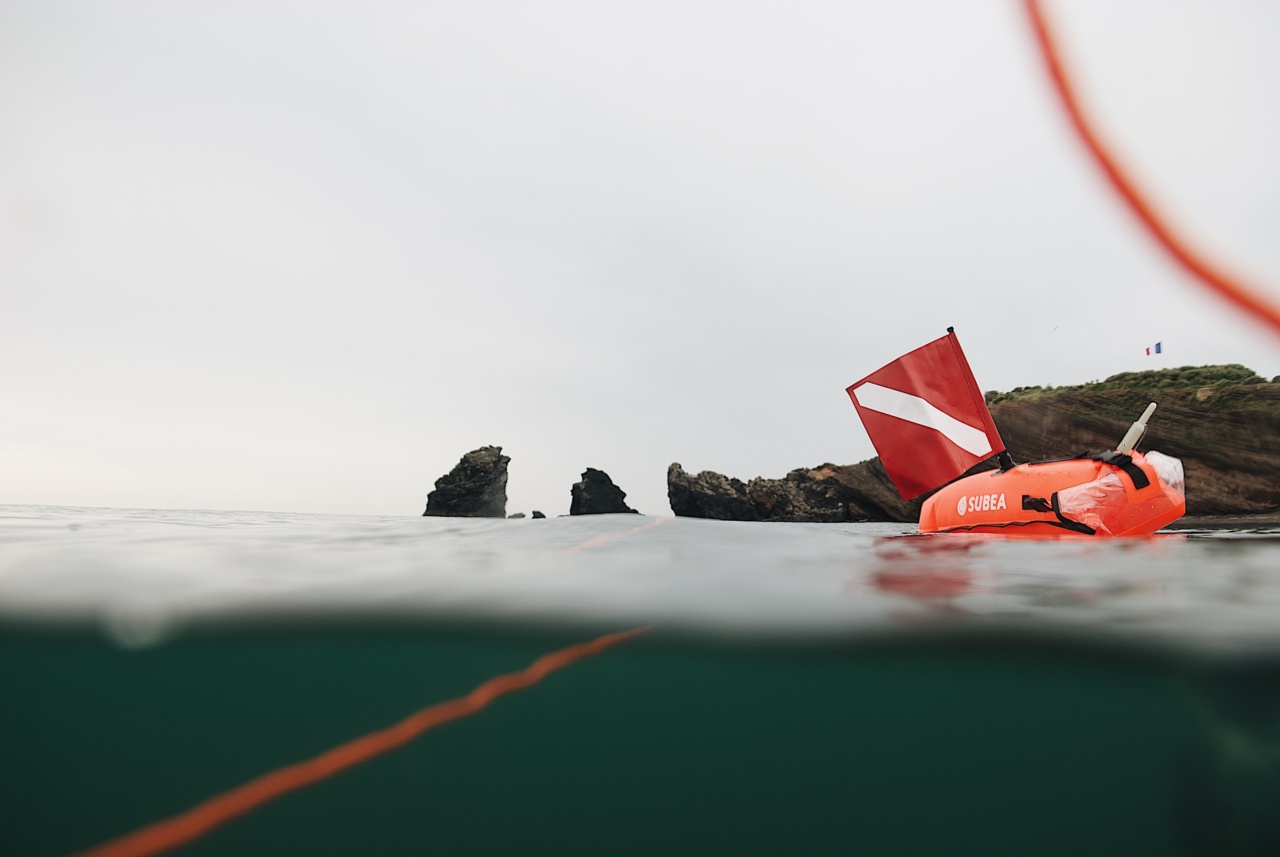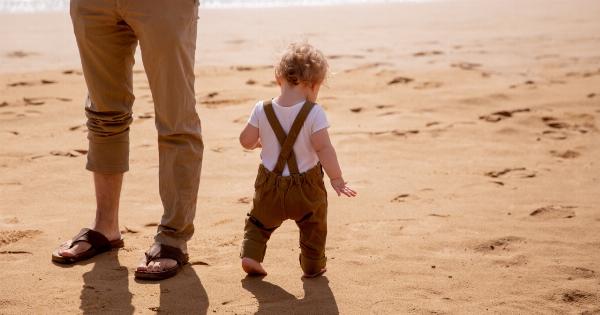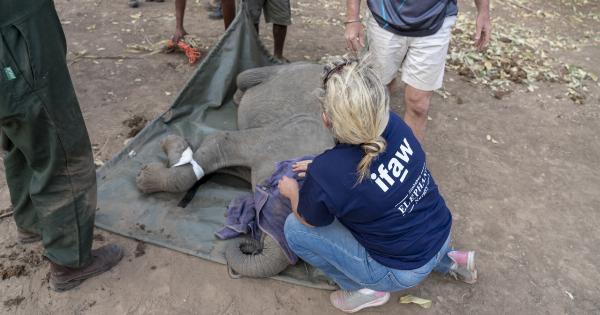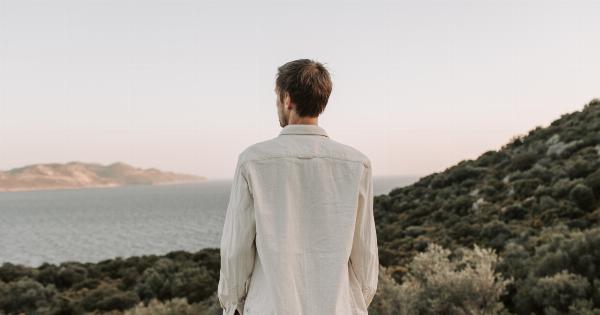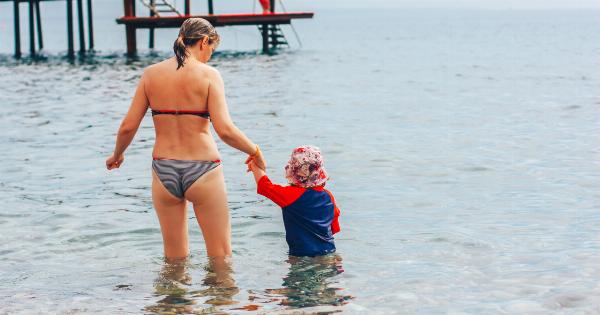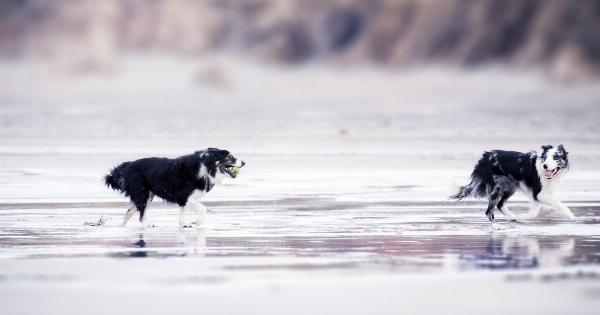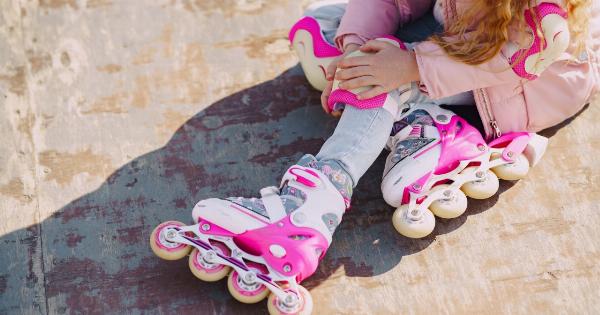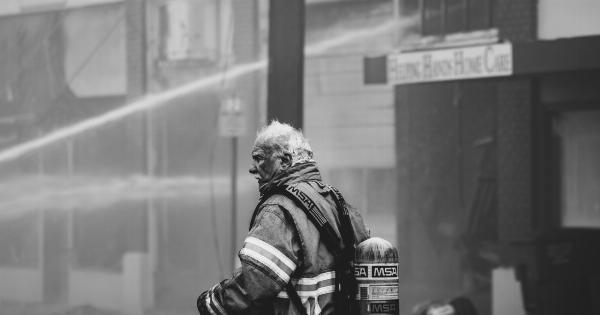Drowning is one of the leading causes of death for babies and young children. It’s a tragedy that can happen to anyone, anywhere – in the bathtub, in a pool, in a lake or river.
However, drowning is preventable, and parents can take steps to protect their children. Here are some guidelines for water safety for babies.
Supervision is Key
Never leave your baby alone in or near water, even for a moment. Babies can drown in as little as an inch of water, and it only takes seconds for a tragedy to occur. Always keep your baby within arm’s reach when he or she is in or around water.
This includes the bathtub, the pool, the lake, or the beach. Watch your baby constantly, and do not let yourself be distracted by other activities, such as talking on the phone or reading a book.
Bathing Your Baby
Bathtime can be a fun and relaxing activity for you and your baby. However, it’s also important to take some precautions to prevent drowning. First, always test the water temperature before putting your baby in the bathtub.
The water should be warm, but not too hot. Use a bath thermometer to ensure that the water temperature is around 100°F (38°C).
Second, never leave your baby unattended in the bathtub, even for a second. If the phone rings or someone knocks on the door, take your baby out of the bathtub with you.
If you have to leave the bathroom for any reason, wrap your baby in a towel and take him or her with you.
Swimming Pools
Swimming pools are a popular summertime destination for families. However, they can also be dangerous for babies and young children. Here are some tips for pool safety:.
- Never let your baby or young child swim alone. Always swim with your baby or designate a responsible adult to watch him or her at all times.
- Install fencing around your pool. The fence should be at least 4 feet high and have self-closing and self-latching gates. The gate should be locked when the pool is not in use.
- Teach your baby to swim. While babies cannot learn how to swim in the traditional sense, you can teach them to float on their backs. This is a good way to help prevent drowning if your baby accidentally falls into the water.
- Invest in approved flotation devices. There are several life jackets and other flotation devices on the market that are specifically designed for babies and young children. These devices can help keep your baby afloat in the water, which can reduce the risk of drowning.
- Learn CPR. In the event of an emergency, knowing how to perform CPR can save your baby’s life. Take a course in CPR so that you are prepared for any situation.
Lakes and Rivers
Lakes and rivers can be just as dangerous for babies and young children as swimming pools. Here are some tips for water safety in natural bodies of water:.
- Always stay within arm’s reach of your baby or young child when he or she is near the water.
- Teach your baby to float on his or her back. This skill can help your baby stay afloat if he or she falls into the water.
- Wear a life jacket. Any time your baby is near the water, he or she should be wearing an approved life jacket. Even if your baby can swim, a life jacket can provide extra protection in case of an emergency.
- Check the water conditions. Always check the water conditions before you and your baby enter the water. Avoid swimming in murky or fast-moving water.
- Do not allow your baby to drink the water. Lakes and rivers can contain bacteria and parasites that can make your baby sick.
Conclusion
Water safety is extremely important for babies and young children. Drowning is a preventable tragedy, and parents can take steps to protect their babies. Always supervise your baby around water, and take precautions to prevent accidents from happening.
By following these guidelines, you can ensure that your baby stays safe and has fun in the water.
